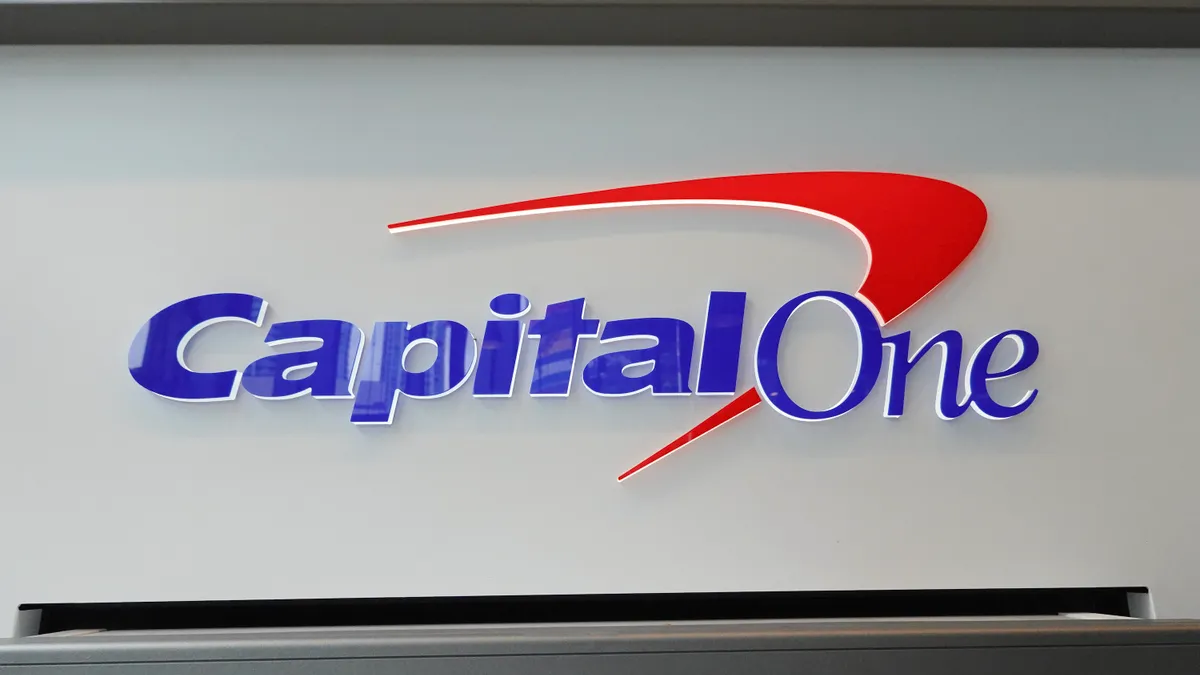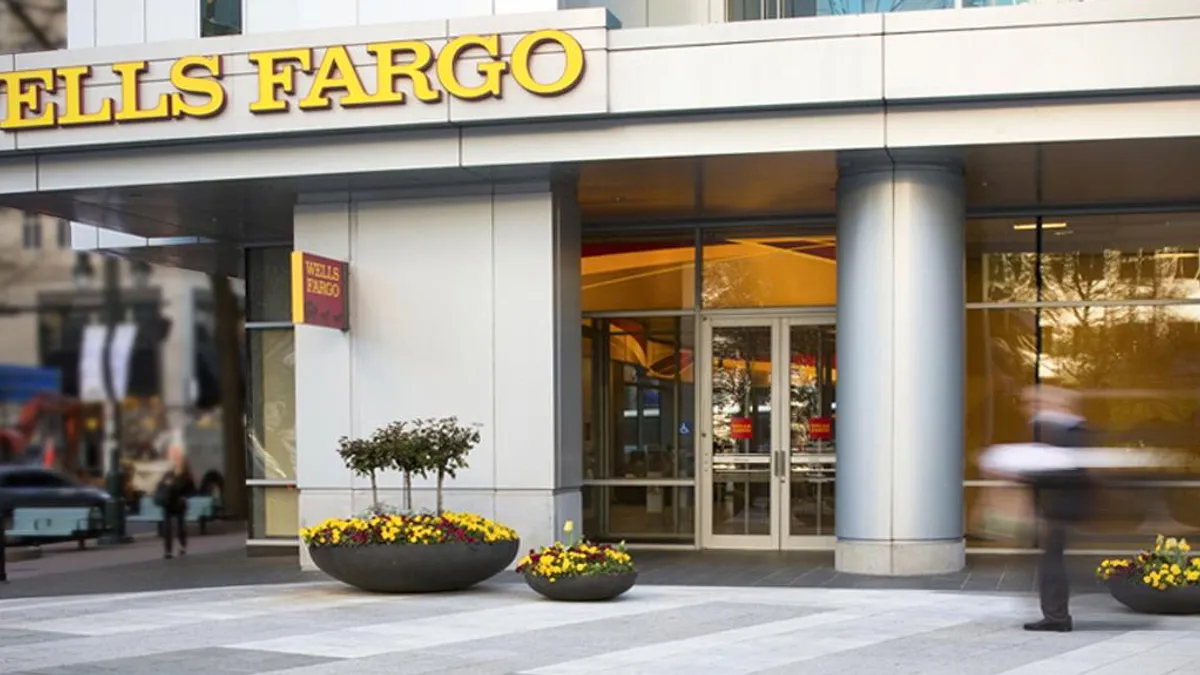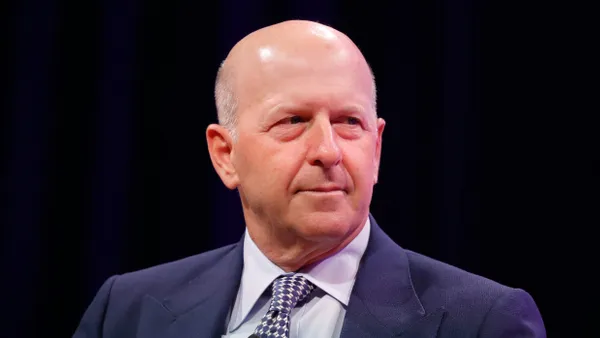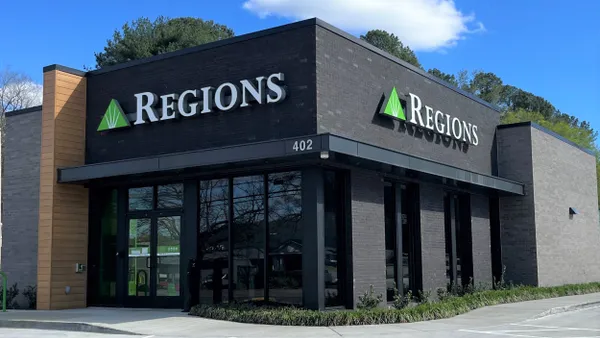Hope Bancorp has completed its merger with Honolulu-based Territorial Bancorp, the acquirer announced Wednesday.
Hope received the regulatory nod a month earlier – nearly a year after the Los Angeles-based lender announced its intention to buy Territorial for $78.6 million in stock.
Territorial Savings Bank will operate as Territorial Savings, a unit of Bank of Hope, the company said.
“We are excited to have completed this combination and to officially welcome Territorial customers and team members to the Bank of Hope family,” Kevin S. Kim, CEO of $17 billion-asset Hope Bancorp, said in a statement.
With the merger’s completion, Bank of Hope has become the largest regional bank catering to multicultural customers across the continental U.S. and Hawaii, Kim added.
Territorial shareholders will receive 0.8048 shares of Hope Bancorp common stock in exchange for each share of Territorial common stock they own, according to the press release.
The deal was expected to close by the end of 2024 but faced repeated challenges. Hope’s bid for Territorial was followed by an offer from Blue Hill Advisors last August. The investor group swooped in with a $12-per-share cash offer and later bumped it up to $12.50 per share – compared with the $8.82-per-share, all-stock offer from Hope.
Territorial CEO Allan S. Kitagawa defended the Hawaii bank’s choice in a September statement.
“In comparison to the Hope merger, where we have an experienced acquiror and a fully negotiated merger agreement, and where all required regulatory applications have been made and are being processed, and no third-party financing is required, the Blue Hill proposal is highly speculative,” Kitagawa said.
Blue Hill outlined in a presentation that its offer was backed by more than $3 billion in combined assets under management and capital support exceeding the required investment of more than $100 million.
Blue Hill also noted that in addition to a significantly higher value, the proposal provided an option for up to 30% of Territorial shareholders to continue to invest in the recovery of the bank and a commitment to preserving it as a local lender.
Territorial, though, asserted that while Blue Hill relied on anonymous investors, Hope signed a merger agreement with Territorial and had already invested money in the approval process.
Additionally, Territorial said, Blue Hill could not provide evidence to support that investors could secure regulatory approval quickly if needed. Further, due diligence had already been completed for the Hope deal with few conditions that remain to be reviewed, Territorial said.
Jason Blumberg, managing member of Blue Hill, accused Territorial of trying to strong-arm its investors and asserted that Hope’s last attempt to acquire a bank in 2017 failed to secure regulatory approvals.
“Territorial is playing ‘chicken’ with shareholders: Approve the Hope deal or else.” Blumberg wrote in October, calling the Hope deal “one of the worst we’ve ever seen.”
In all, Territorial rejected Blue Hill’s advances three times, and postponed a shareholder vote by nearly a month to continue discussions with investors and urge them to back the acquisition by Hope.
The Hawaii bank’s shareholders ultimately reiterated their commitment to Hope’s offer.
“We expect our combination with Bank of Hope to strengthen Territorial for the long term, providing many advantages for our customers and employees as we become part of a larger organization with greater resources, enhanced technology platforms, and an expanded array of banking products and services,” Kitagawa said in a November statement.
The roughly $2.17 billion-asset Territorial, which has 28 branches throughout Honolulu, will expand Hope’s footprint and its reach, targeting Asian-American and Pacific Islander communities.
Hope Bancorp focuses on the Korean-American market, with 46 branches in California, Washington, Texas, Illinois, New York, New Jersey, Alabama, and Georgia.
In a note last month, analysts at Keefe, Bruyette & Woods said Territorial “add[s] low-cost, granular deposits, which remains a core strategy for Hope.”












